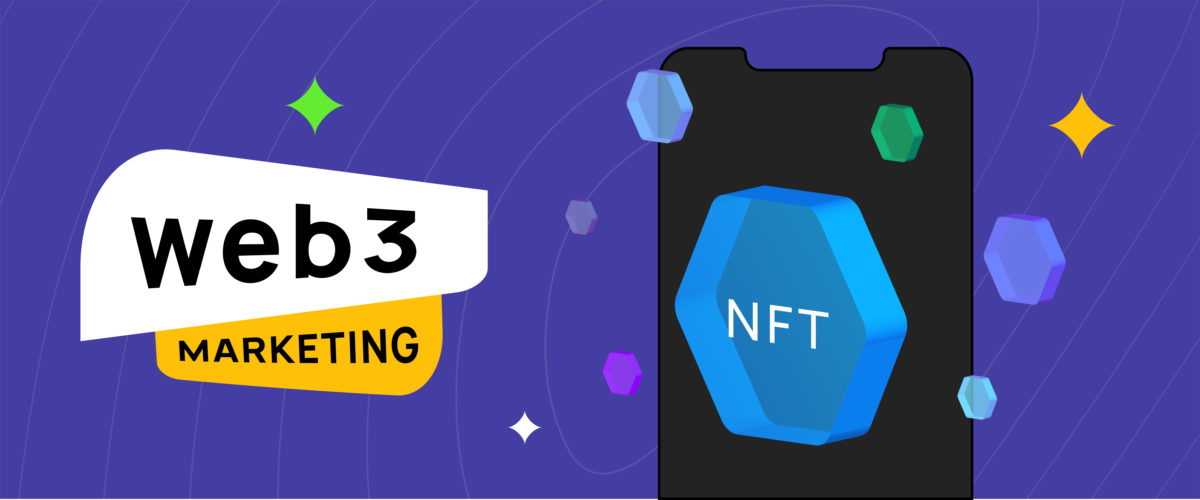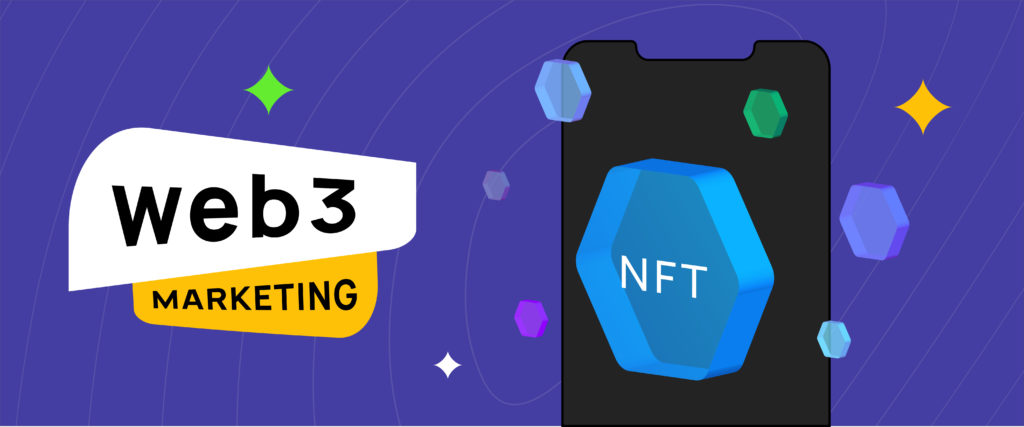There are reasons to lament the NFT marketing hype created four years ago. According to CNBC, the prices of the Bored Ape Yacht Club NFTs have dropped 90% since then.
Yet, the recent Bitcoin halving and the earlier Bitcoin ETF breakthrough have revealed the big player forces rushing into crypto finance. Such momentum will eventually push the blockchain and the related Web3 marketing into the mainstream. Or they are already in there.
NFT marketing, as one of the earliest tangible forms of Web3 marketing, is here to stay and grow. The non-fungible tokens (NFTs) have emerged as a revolutionary tool for marketing and brand engagement. As unique digital assets verified on a blockchain, NFTs offer brands an innovative way to create value, exclusivity, and connection with their audience.
Your Clicademist reviews the strategic use of NFTs for marketing purposes, exploring use cases, best practices, and success stories that highlight their potential to transform brand-consumer interactions.
Use Cases for NFT Marketing
In the Web3 marketing profession, professionals are eager to establish valid use cases. Here are some used and tested directions.
- Digital Collectibles and Memorabilia: Brands can create limited-edition digital collectables that resonate with their audience’s interests, fostering a sense of belonging and loyalty.
- Event Ticketing: NFTs can serve as tickets to exclusive events, providing a memorable and secure experience while acting as a keepsake.
- Proof of Authenticity: Luxury brands can use NFTs to certify the authenticity of their products, enhancing consumer trust and reducing counterfeiting.
- Access to Exclusive Content: NFT holders can entitle themselves to access special content, early product releases, or behind-the-scenes footage, adding value to the ownership.
- Loyalty Programs: NFTs can be integrated into loyalty programs, offering redeemable rewards or access to VIP services.
Best Practices for NFT Marketing
To pursue opportunities in the above-mentioned directions, NFT marketing professionals have some general-purpose practice rules to remember.
- Understand Your Audience: Tailor your NFT offerings to the interests and behaviours of your target demographic.
- Create Scarcity and Exclusivity: Limit the availability of NFTs to increase demand and perceived value.
- Ensure Authenticity and Transparency: Use the blockchain’s inherent transparency to build trust with your audience.
- Leverage Social Media: Utilize platforms like Twitter and Instagram to promote your NFTs and engage with the community.
- Collaborate with Artists and Influencers: Partner with well-known figures to reach a wider audience and add credibility to your NFTs.
Success Stories of NFT Marketing
These much-repeated success cases are not trite. Your Clicademist suggests you note that they all involved traditional legacy brands venturing into Web3 marketing by creating and profiting from NFT assets.
- Nike’s Acquisition of RTFKT: Nike’s venture into the NFT space through the acquisition of RTFKT, a digital studio known for virtual sneakers, showcases the potential for NFTs in expanding a brand’s digital footprint.
- NBA Top Shot: The NBA’s digital collectables platform, Top Shot, has successfully capitalized on the popularity of sports memorabilia, translating it into the digital realm and engaging a global audience.
- Taco Bell’s NFT Campaign: Taco Bell‘s limited edition NFT art sold out in minutes, demonstrating the power of NFTs in creating buzz and excitement around a brand.
What’s next?
The future of NFT marketing is poised to be dynamic and innovative. Trends indicate a shift towards integrating NFTs with real-world assets, which could transform illiquid physical assets into highly liquid digital tokens, facilitating instant cross-border investments.
Technologies will add to the power. AI, Augmented Reality (AR) and Virtual Reality (VR) are to play significant roles in enhancing the immersive experience of NFTs, providing novel ways for showcasing digital assets.
Additionally, cross-platform marketing strategies and dynamic NFTs that evolve over time are likely to become more prevalent, offering unique and engaging experiences for users and collectors.






